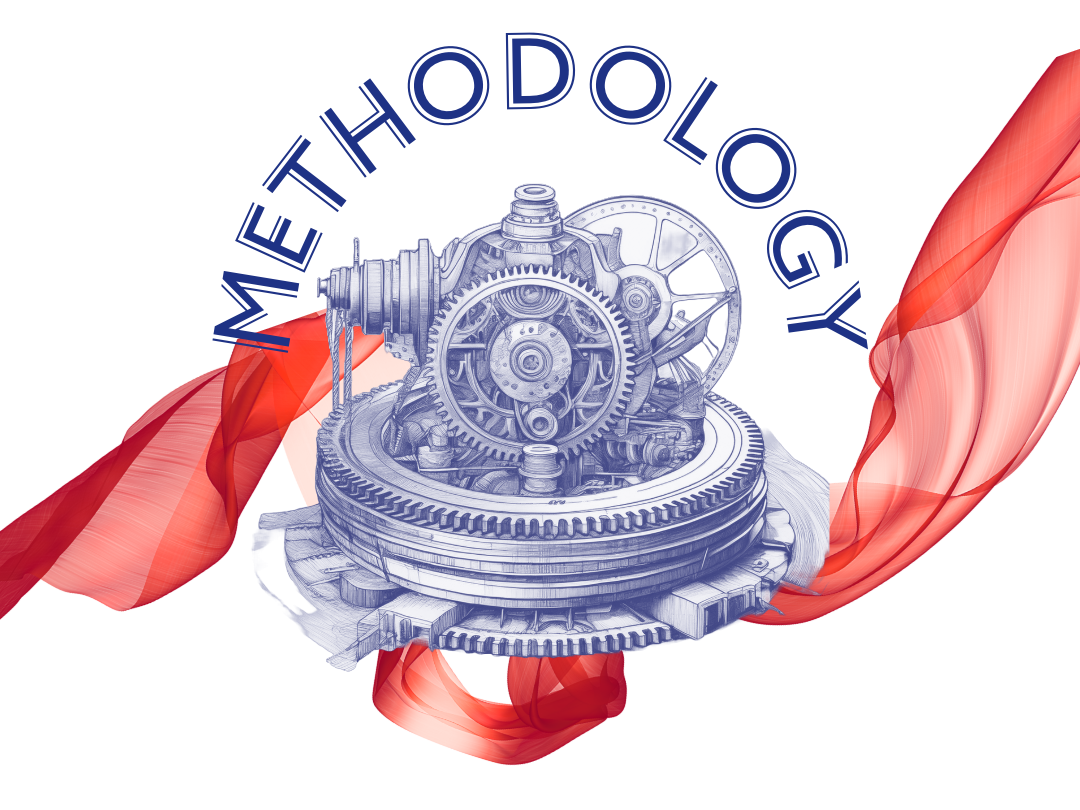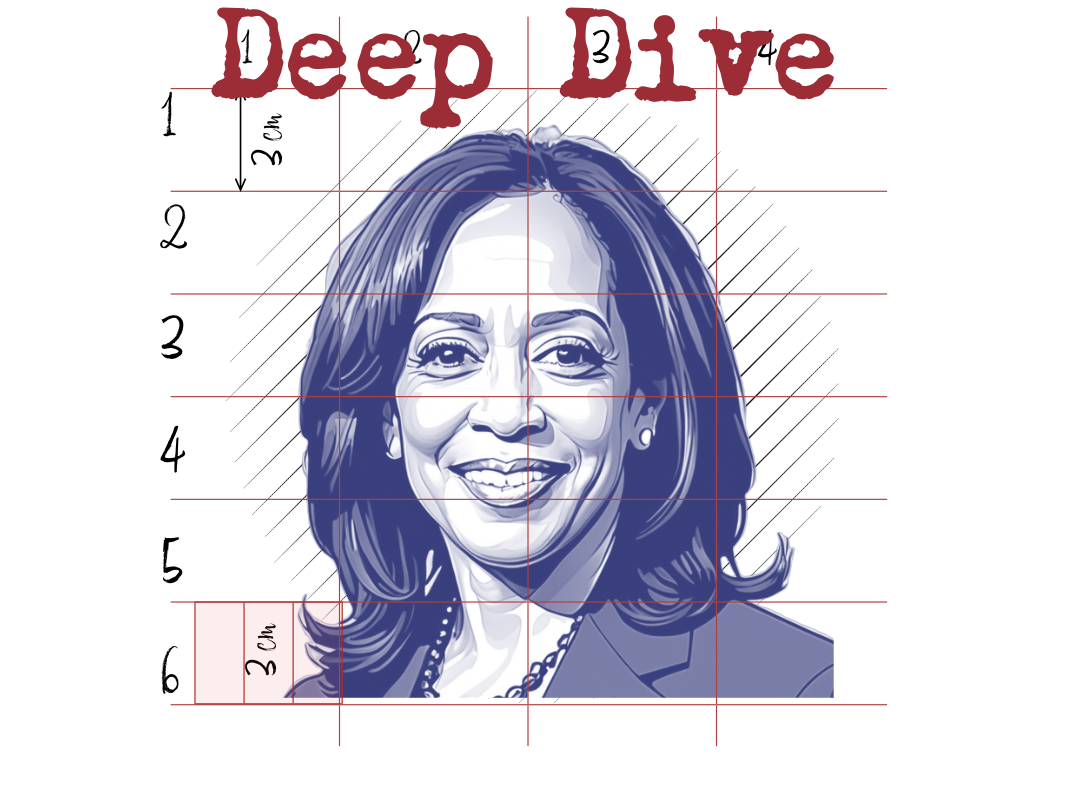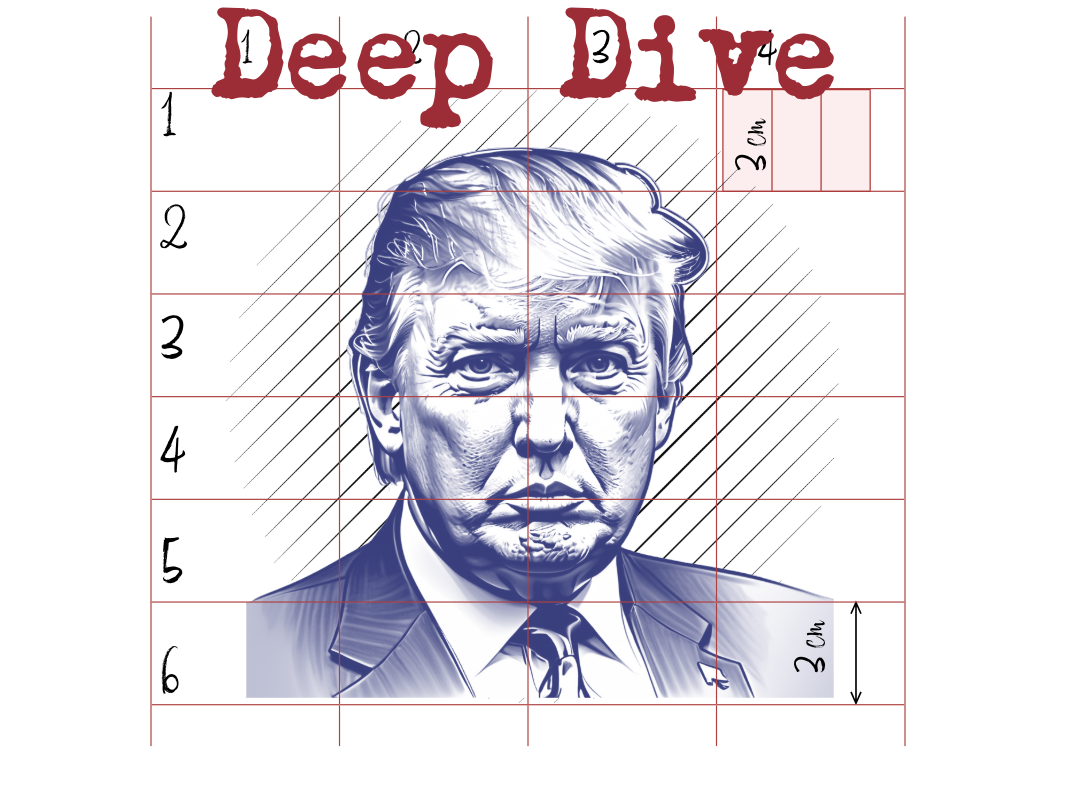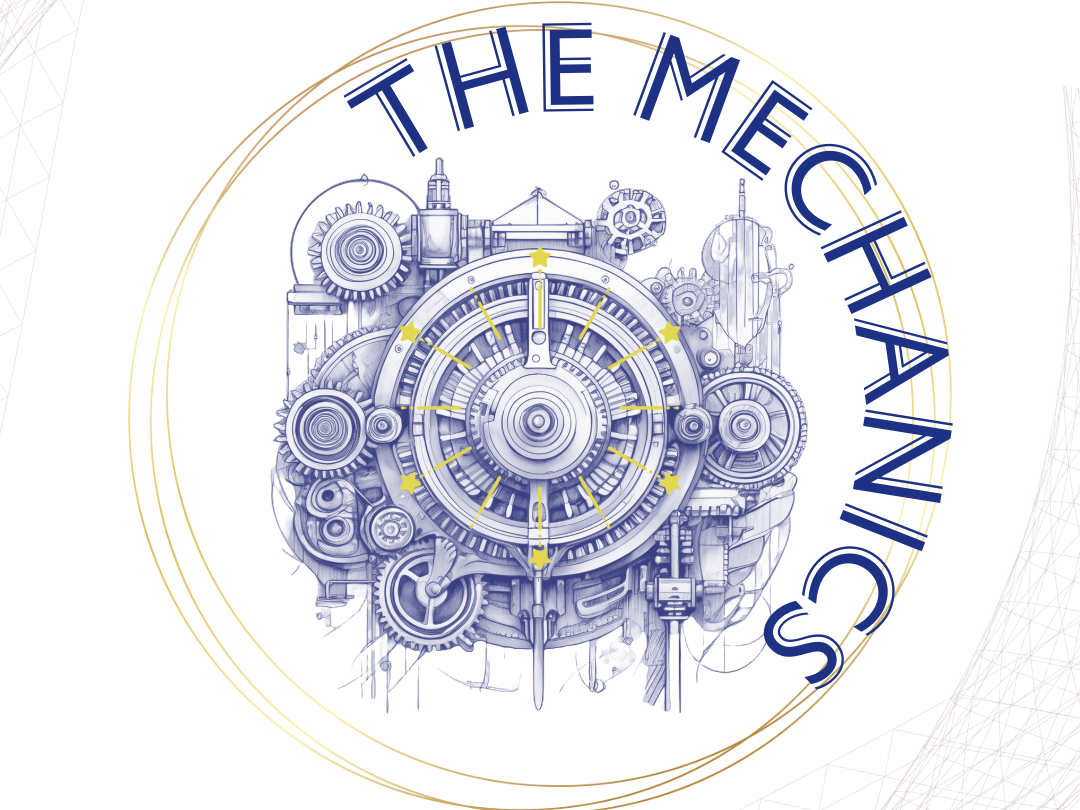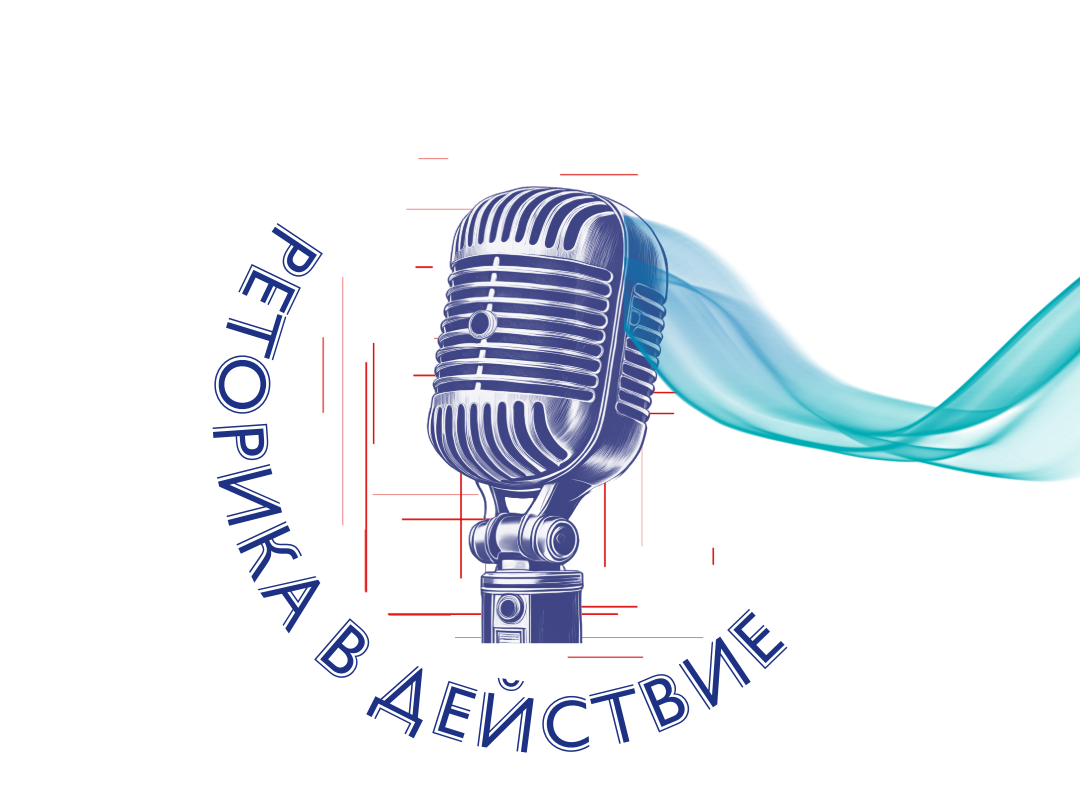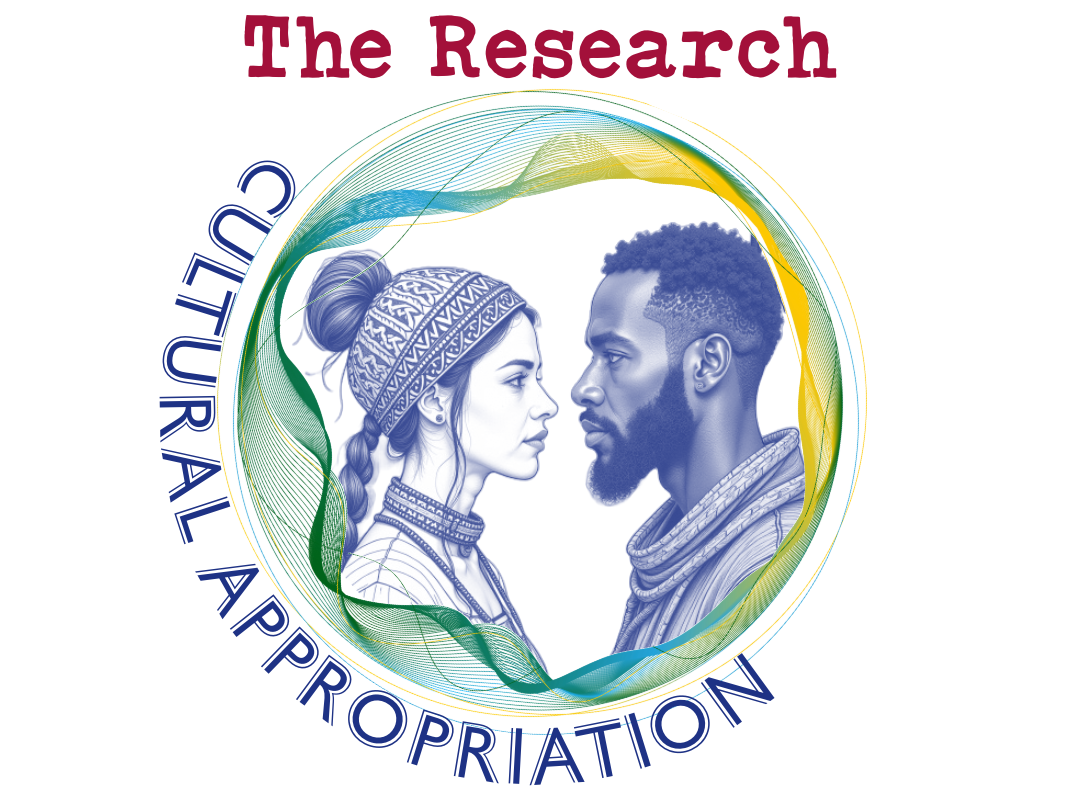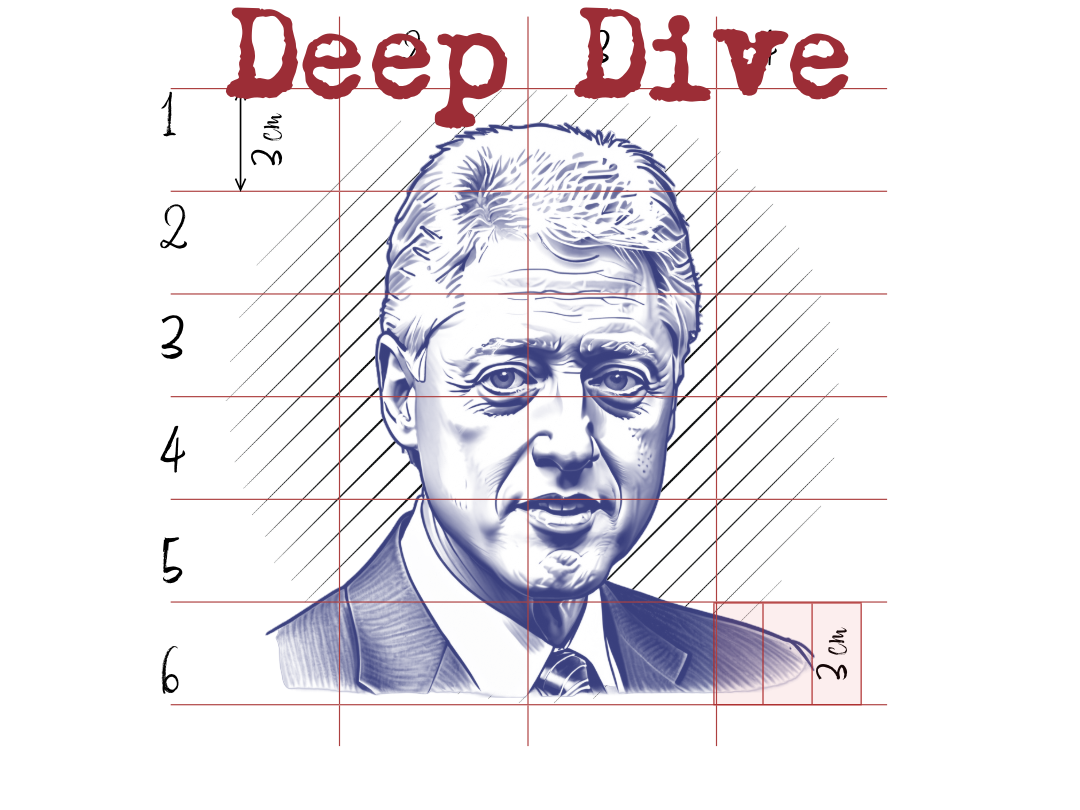Methodology for Analyzing Rally Speeches:
Understanding the Speaker’s Communication Strategy
When analyzing a rally speech, I adopt a comprehensive methodology to examine how the speaker communicates with their audience, addresses key topics, and engages with opponents. My approach breaks down the speech into several key elements, focusing on both the content and the delivery, to assess its effectiveness and impact. Below is a step-by-step outline of my analytical process:
Contextual Framework
Event Context: I begin by considering the type of rally (e.g., political, social, or protest) and the specific occasion. Understanding the event helps in interpreting the speaker's intent, tone, and strategic focus.
Speaker’s Profile: I evaluate the speaker’s background—whether they are a political leader, activist, or another figure—and their role in the event, as this influences their communication style.
Audience Consideration: I look at who the speaker is addressing—supporters, undecided voters, or opposition—and how this shapes the tone and approach of their message.
Setting and Timing: I consider the specific context of the time and place in which the speech was delivered, including any external events or crises that may have influenced its content.
Speech Structure Analysis
Opening: I analyze how the speaker introduces the speech—whether they use personal anecdotes, rhetorical questions, or direct calls to action—and the tone they set at the beginning.
Core Message: I identify the central themes and key arguments. What is the speaker's main message, and what points do they revisit throughout the speech?
Rhetorical Strategies: I assess the use of rhetorical devices such as:
Ethos (credibility),
Pathos (emotional appeal),
Logos (logical argumentation), and
Kairos (timeliness and urgency).
Conclusion and Call to Action: I analyze how the speech ends—whether with a call to action, a rallying cry, or an emotional appeal designed to leave a lasting impact on the audience.
Language and Delivery Techniques
Tone and Style: I examine the formality or informality of the language used, as well as the emotional undertones (e.g., optimism, anger, defiance) that shape the speech's overall mood.
Word Choice: I pay close attention to the speaker's vocabulary, noting whether they use inclusive or exclusive language, as well as the repetition of key phrases or slogans to reinforce their message.
Body Language (if available): If video or other media is available, I observe the speaker's gestures, posture, and facial expressions to see how these non-verbal cues complement or enhance the message.
Pauses and Emphasis: I also note how the speaker uses pauses, pacing, and vocal emphasis to highlight important points and create dramatic impact.
Opposition Framing
Addressing Opponents: I assess how the speaker characterizes their opponents. Do they engage with them directly? Are they portrayed as out of touch, dangerous, or misguided, or is there an attempt to show respect and nuance?
Reframing the Opposition: I look for how the speaker contrasts their own views with those of the opposition. Do they use "us vs. them" language to build solidarity, or do they frame the opposition in a more balanced, even-handed way?
Group Identity: I examine how the speaker defines their "in-group" (supporters, allies, etc.) and positions the "out-group" (opponents) to establish a clear dichotomy.
Emotional and Psychological Appeal
Appeal to Shared Values: I analyze how the speaker taps into common values such as justice, equality, or patriotism, using them to strengthen their connection with the audience.
Creating a Sense of Urgency: I explore whether the speaker uses emotional triggers like fear, hope, or anger to motivate action or to galvanize the crowd.
Unity vs. Division: I assess whether the speaker emphasizes unity and collective action or creates divisions by highlighting conflicts or problems that require urgent solutions.
Rhetorical Techniques and Persuasion
Repetition and Key Phrases: I identify any repeated phrases or slogans, as these often serve to reinforce the speaker’s key messages and help cement them in the audience's mind.
Metaphors and Imagery: I consider whether the speaker uses metaphors or vivid imagery to communicate complex ideas or to frame their arguments in a more impactful way.
Anecdotes and Stories: I examine whether the speaker uses personal stories or anecdotes to build emotional connections with the audience and make their message more relatable.
Rhetorical Questions: I look at how rhetorical questions are employed to engage the audience, challenge assumptions, or provoke thought.
Audience Engagement
Direct Address: I observe how the speaker engages with the audience, whether through direct address ("you," "we," "us") or by creating a sense of shared purpose.
Audience Reaction: I take into account any immediate feedback or reactions from the crowd (e.g., applause, cheers, silence) and how the speaker responds to this energy.
Inclusivity vs. Exclusivity: I analyze whether the speaker strives for inclusivity or whether they emphasize division and narrow, specific group identity.
Ethical and Impact Assessment
Ethical Considerations: I reflect on the ethical implications of the speech. Does the speaker use manipulative tactics or exaggerate claims? Are there any instances of misinformation or harmful rhetoric?
Effectiveness: I evaluate whether the speech achieved its intended goals—whether it energized the audience, persuaded undecided individuals, or mobilized supporters.
By following this methodology, I plan to gain a thorough understanding of how the speaker communicates, how they frame their message, and how effective they are in persuading and motivating their audience. Through this multi-layered analysis, I aim to uncover not only the surface-level content of the speech but also the deeper rhetorical strategies at play.
All Rights Reserved | Vesselina Davenport | 2024
